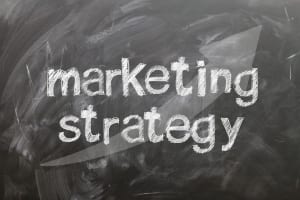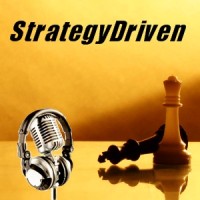5 Stages of a Sales Funnel: Are You Adjusting Your Approach

So how do you make the best of it? By taking a look at the sales funnel, you can see what the different stages are and adjust your approach so that your profits can start to soar.
First Stage: Lead/Suspect
This first stage can be boiled down to a person you haven’t spoken to yet who matches the profile of your target customer. At this stage, you might want to pursue as many leads as you can in order to promote your growth and target the right demographic.
This means you’re going to have to put in the work to find as many reliable leads as possible so that you can have a reliable pool to pull from. The job couldn’t be easier with an award-winning B2B lead generation service provider on your side.
Second Stage: Prospect
A prospect is when an individual has showed some interest in what you’re offering, whether it’s a service or a product. You’ve already had a conversation and heard their concerns, which should have provided you with the information you need to improve/change what you’re offering. This kind of interaction will likely lead you toward the next step of your sales process.
Third Stage: Qualified Prospect
Getting as many opinions as you can is a good way to provide a well-rounded service/product, but a qualified prospect is much more valuable and more attention should be provided to such. It is also the most demanding stage of the sales funnel. A qualified prospect has the expertise and know-how to tell you what does and doesn’t work, because they have a need for what you are offering.
This is probably the lengthiest stage of the entire process, but exercising patience will help you get through to the other side.
Fourth Stage: Committed
This is when you’re committed to what you’ve re-edited again and again, getting rid of any red flags that may still give you cause for concern. At this stage, you should have provided the customer with a proposal that lays out all of the terms of the contract so that you can both move forward with the deal.
The only thing left for you to do is to has out the last few remaining details, as well as how delivery and payment are going to take place. Either party may want to offer contingencies on certain terms being met.
Fifth Stage: Transacted
This is the stage where the transaction has actually transpired and the contract has been signed by both parties. Fulfilling the contract requires steps to be taken by both parties in order to meet out all the terms laid out in it.
With this said, the salesperson can focus on the next opportunity and start working through the stages of the funnel from the beginning.
You should exercise caution in order to prevent a leaky funnel: where a sales opportunity isn’t progressing forward as it should. These opportunities should be removed in order to make way for new ones so that you’re not wasting your energies on unfruitful opportunities.

 Jeffrey Gitomer is the author of The Sales Bible, Customer Satisfaction is Worthless Customer Loyalty is Priceless, The Little Red Book of Selling, The Little Red Book of Sales Answers, The Little Black Book of Connections, The Little Gold Book of YES! Attitude, The Little Green Book of Getting Your Way, The Little Platinum Book of Cha-Ching, The Little Teal Book of Trust, The Little Book of Leadership, and Social BOOM! His website,
Jeffrey Gitomer is the author of The Sales Bible, Customer Satisfaction is Worthless Customer Loyalty is Priceless, The Little Red Book of Selling, The Little Red Book of Sales Answers, The Little Black Book of Connections, The Little Gold Book of YES! Attitude, The Little Green Book of Getting Your Way, The Little Platinum Book of Cha-Ching, The Little Teal Book of Trust, The Little Book of Leadership, and Social BOOM! His website,  StrategyDriven Podcasts focus on the tools and techniques executives and managers can use to improve their organization’s alignment and accountability to ultimately achieve superior results. These podcasts elaborate on the best practice and warning flag articles on the StrategyDriven website.
StrategyDriven Podcasts focus on the tools and techniques executives and managers can use to improve their organization’s alignment and accountability to ultimately achieve superior results. These podcasts elaborate on the best practice and warning flag articles on the StrategyDriven website. Lou Schachter is the global leader of the BTS Sales Practice. He is the co-author of the book, The Mind of the Customer: How the World’s Leading Sales Forces Accelerate their Customer’s Success, which was published by McGraw-Hill in 2006. Before joining the BTS team, Lou had a long career in sales for professional services firms.
Lou Schachter is the global leader of the BTS Sales Practice. He is the co-author of the book, The Mind of the Customer: How the World’s Leading Sales Forces Accelerate their Customer’s Success, which was published by McGraw-Hill in 2006. Before joining the BTS team, Lou had a long career in sales for professional services firms. Rick Cheatham leads the BTS Sales Practice in North America. Previously, Rick was a sales leader at Avery Dennison, a leading producer of consumer products and pressure-sensitive adhesives materials. During his tenure, he transformed his organization into one that changed its focus from selling products to accelerating its customers’ business results.
Rick Cheatham leads the BTS Sales Practice in North America. Previously, Rick was a sales leader at Avery Dennison, a leading producer of consumer products and pressure-sensitive adhesives materials. During his tenure, he transformed his organization into one that changed its focus from selling products to accelerating its customers’ business results.